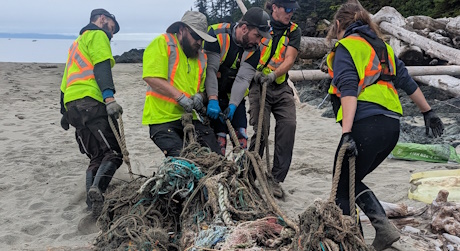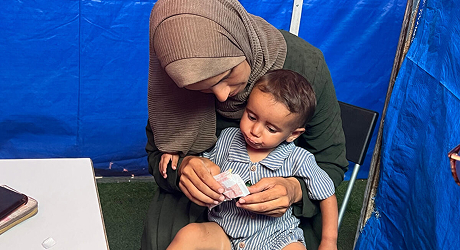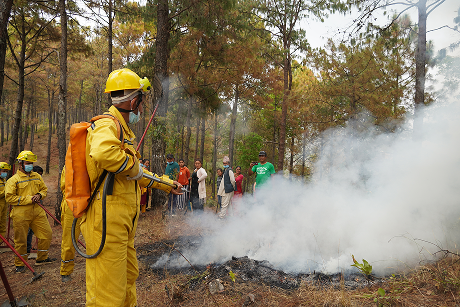Footprints Project
Since 2005, travelers like you have helped us change the world through micro-donations.
-
A total of
3801
Travelers
-
donated
$15000.47
(100% funded) -
to help improve
Health
-
in
Viet Nam
Project Aim
To contribute to the reduction of avoidable blindness and visual impairment in Vietnam.
Background on this issue
In 1992, approximately one million Vietnamese people needed cataract surgery. Only 1,000 cataract operations using intraocular lenses (IOL) were being performed each year.
Today the figure stands at around 200,000 IOL surgeries performed every year, thanks to Fred’s enduring legacy.
However, cataract remains the leading case of avoidable blindness and a huge backlog of cataract surgeries still needs to be addressed. The cur- rent rate of cataract surgery needs to be double to meet World Health Organisation (WHO) standards.
Only one third of district hospitals have a basic eye doctor or eye nurse, and in provinces with no existing Foundation project the eye care net- work and referral system is almost non-existent.
Despite these challenges incredible progress has been made in Vietnam. As The foundation’s CEO Brian Doolan recently said:
“Here in Vietnam, they are on the cusp of ending avoidable blindness. Your support is allowing many thousands of people to see again, but im- portantly it is also allowing eye health systems to be put in place so people don’t go blind in the future.”
Project Purpose
To support local health authorities to strengthen eye health services and infrastructure for the delivery of high quality, affordable, and accessible eye care across 15 provinces in Vietnam.
Project Objectives
To increase the number and skills of eye care service providers at all levels that will improve the coverage, quality and sustainability of eye health services.
To strengthen delivery of eye care services through improving available infrastructure and facilities.
To build awareness of eye health and improve access to quality treatment for the main causes of blindness and vision impair- meant.
To raise the profile of blindness as a public health issue and build local provincial support for eye health programs.
To manage the program effectively to ensure continuous improvement and the effective delivery of planned activities.
Key Achievements in Vietnam
Helping people see
- 998,092 people were screened
- 58,619 eye operations performed
- 28,496 cataract surgeries
Number of people trained
- 19 surgeons
- 57 clinic support staff
- 5,817 community health workers
Equipment and technology
- The Foundation helped build an eye clinic in Quang Nam Province which services 1.5 million people
- Over $693,700 worth of equipment was donated
H'Nhi's Story
H’Nhi, five, was born with cataract. H’Nhi’s family discovered that she could receive cataract surgery through The Foundation supported ‘Sight for Children’ program in Vietnam.
She was operated on by Dr Phuong, a Foundation-trained ophthalmolo- gist, the only one in all of central Vietnam trained to operate on children.
Only one day after the surgery, when the patches were removed, H’Nhi could see for the first time in her life.
When H’Nhi returned home the whole village came out to greet her, her mother said, “she rushed to me and said, ‘Mummy, mummy, I can see so clear! I was very happy at that moment.”
What's Next?
The Fred Hollows Foundation will continue to work on this project until the end of 2015.
Next steps include:
- Training 13 specialised eye surgeons in new techniques
- Train 4,278 community health workers
- Expanding and renovate the operation theatre and in-patient ward of Ha Tinh Eye Centre.
- Screen over 235,500 people
- Conduct 3,689 cataract surgeries, 60 children’s surgeries and
1,241 other surgeries. - Run further school programs which will screen 40,400 chil- dren and provide 1,344 pairs of glasses.
- Eye health education and awareness activities.
Traveling soon? When you buy travel insurance with us, you can make a contribution towards a cause you care about.
Get a quote






